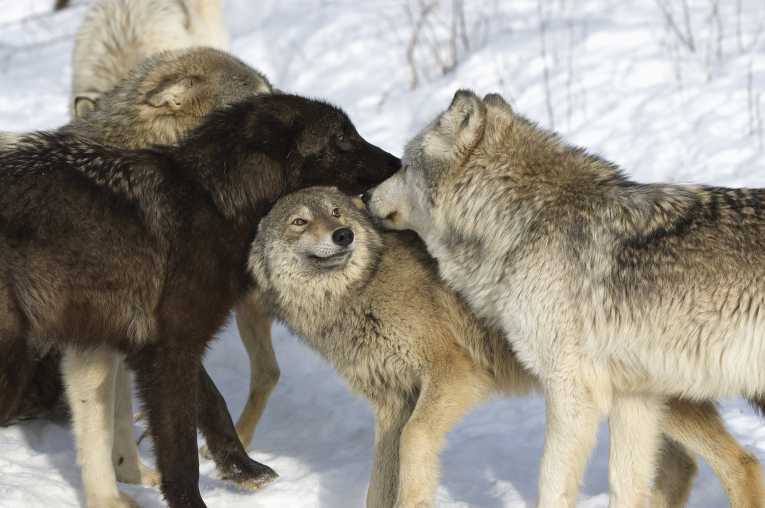Gray wolves have lost their protection in parts of the United States after their numbers made a recovery, a move that means they can be hunted again.
The U.S. Fish and Wildlife Service has removed Endangered Species Act protection from gray wolves in the northern Rocky Mountains, including Idaho, Montana, eastern Oregon and Washington, and northern Utah. Agency officials also announced that they are removing protection from gray wolves in 29 eastern states.
The move has caused some concern among naturalists. Noah Greenwald, endangered species program director at the Center for Biological Diversity, said: ''The feds are declaring victory but gray wolves still only survive in five per cent of their former range, and even in those places they continue to face a real threat of persecution. Taking protection away from them now is premature and will impede the long-term recovery of wolves in the United States.''
According to naturalists, wolf populations have only begun to recover in Oregon and Washington, where a very small number of packs have established. In Utah, only individual wolves have been sighted. Wolf numbers are strong in Montana and Idaho.
The news comes a few days after the U.S. Fish and Wildlife Service announced plans to remove gray wolves from the protected species list in the Western Great Lakes area, which includes Minnesota, Michigan and Wisconsin.
Officials argue that the animal should be taken off the Federal List of Endangered and Threatened Wildlife because wolves have recovered so well in the area. The Service has started a public consultation.
According to the Service, wolf numbers total more than 4,000 animals in the three states. Minnesota's population is estimated at 2,922, there are an estimated 557 wolves in Michigan's Upper Peninsula and another 690 in Wisconsin.
At the time of the announcement, Fish and Wildlife Service Acting Director Rowan Gould said: ''Wolves in the Western Great Lakes have achieved recovery. We are taking this step because wolf populations have met recovery goals and no longer need the protection of the Endangered Species Act.''
But the Center for Biological Diversity is concerned that wolves in the Great Lakes region remain threatened by disease and persecution by people and that removing their protection can only make the situation worse as hunters step up their activities, encouraged by State agencies seeking to reduce numbers. The same is said to be true of Wisconsin.
According to the Center, plans to remove protections for the gray wolf in 29 eastern states will mean that any wolf that wanders into that region from the Great Lakes or Canada could be immediately killed.
Noah Greenwald said: ''While there have been important strides in wolf recovery over the past several decades, the job is far from complete, and lifting protections now is a big step in the wrong direction. Wolves are an important part of our natural heritage and honouring that means giving them the best chance possible for healthy, robust populations.''















